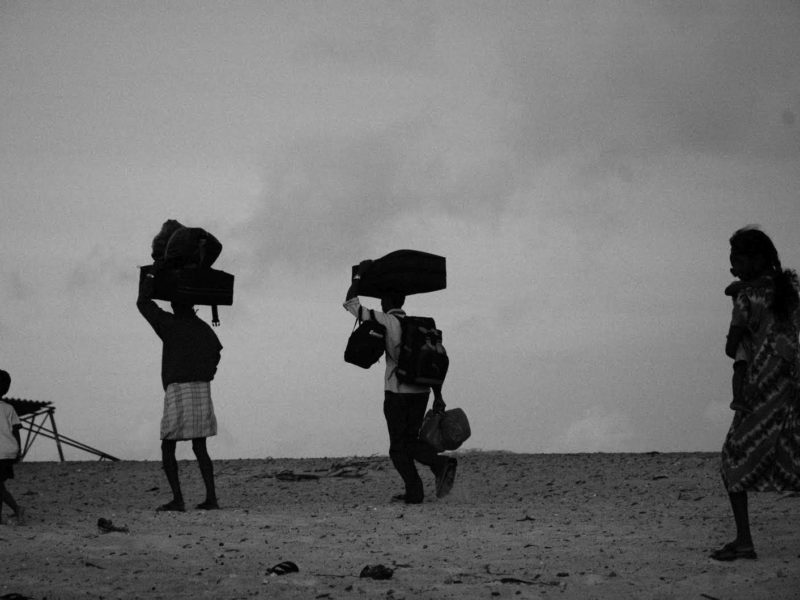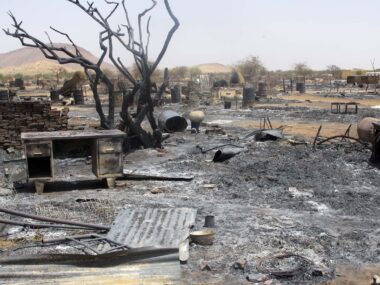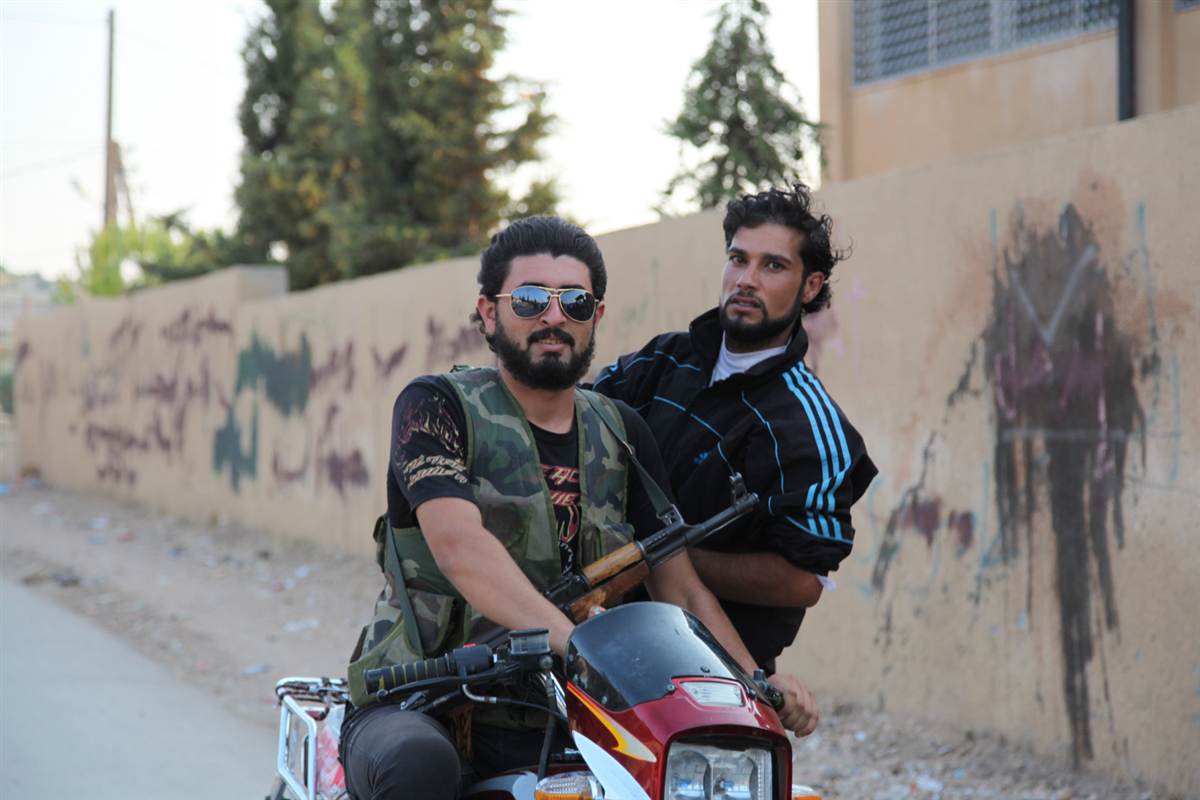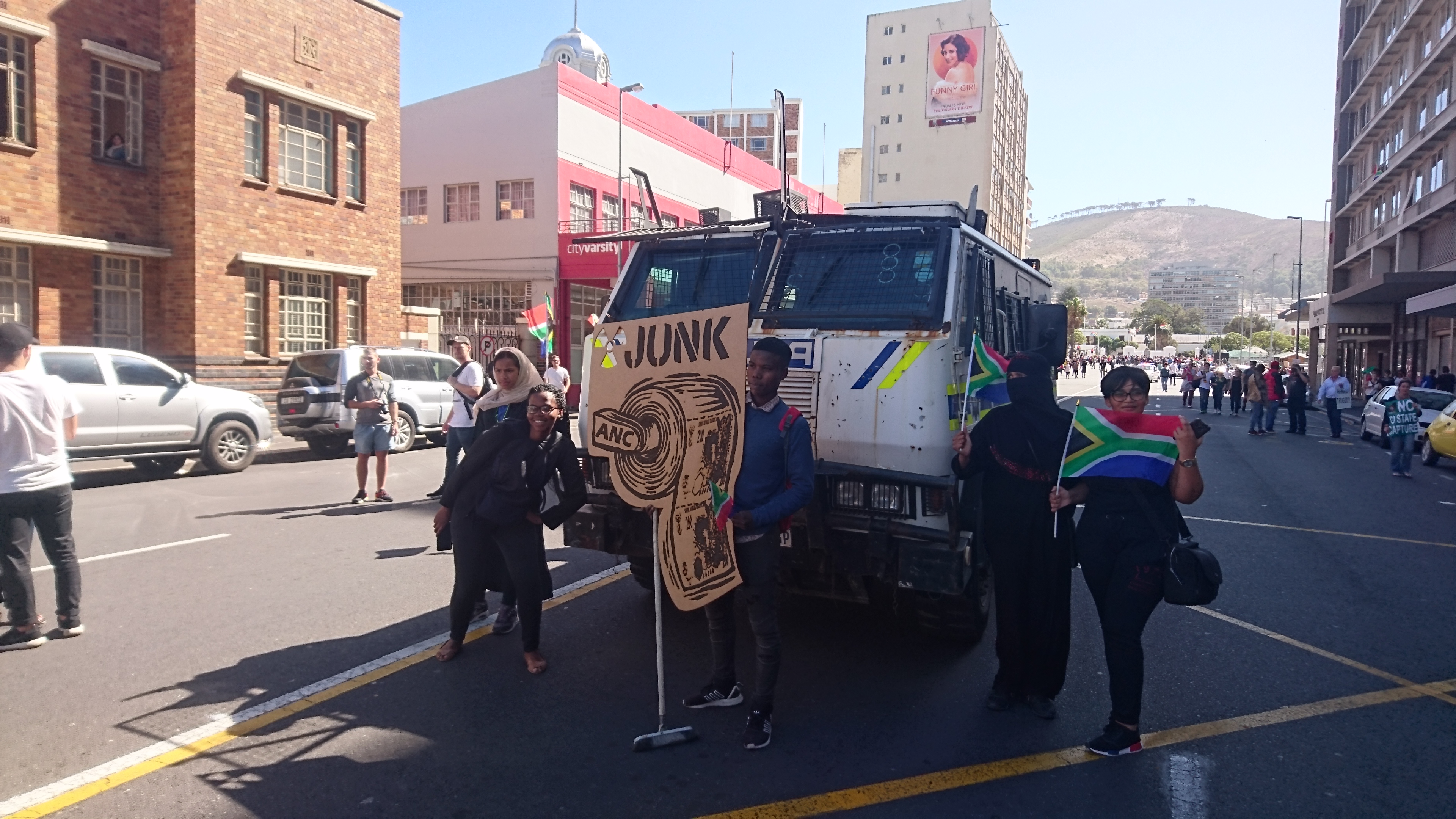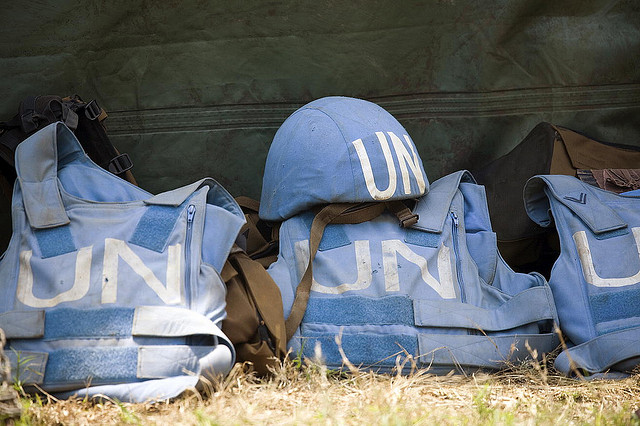By Alex Braithwaite, and guest contributor Miranda Simon
Each year on June 20th, the world is encouraged to celebrate World Refugee Day—a day designated by the United Nations to honor refugees around the globe. The primary intention of the day is to raise awareness to the plight of those who have been forcibly displaced from their homes by conflict, discrimination, and other forms of political and social turmoil.
In the spirit of building empathy and understanding of the world’s population of refugees, we asked a group of subject matter experts a few short questions about what is on their minds with respect to this vulnerable population of fellow human beings. What follows is a representation of their responses, edited to minimize repetition and facilitate flow.
What are you most worried about for refugee populations in the year ahead?
Both Faten Ghosn and Beth Whitaker mentioned being concerned about the sheer scale of the population-at-risk globally, with 82.4 million individuals forcibly displaced from their homes, including 26.4 million who hold refugee status. Ghosn notes that these numbers are “the highest we have ever seen and more than double those of 10 years ago.”
With this dramatic growth in scale comes an increasing number of individuals trapped in protracted situations*—the United Nations High Commissioner for Refugees (UNHCR) has classified a refugee situation as protracted when at least 25,000 refugees have been outside their country of origin for at least 5 years. This means that at present over 75 percent of the world’s refugees are in protracted situations.
Relatedly, Ghosn notes that more than two-thirds (68 percent) of the global population of refugees were forced to flee from conflicts in “only 5 countries: Syria, Venezuela, Afghanistan, South Sudan, and Myanmar, none of which are about to abate anytime soon.” She believes this is clear evidence that, “the three durable solutions [return of refugees to their origin countries; their integration locally as citizens; or their resettlement in a third country] are no longer durable, and we need new solutions.”
Finally, Lamis Abdelaaty and Whitaker each mention the significant and obvious disparities in the treatment of refugees from Ukraine and those from countries outside of Europe. Both note that the massive movement of Ukrainian refugees has thus far been met with incredible support from governments and regular people in many other countries.
Abdelaaty builds on this point by noting that “we are still seeing the stark contrast between how Ukrainians are being welcomed and how others are being shut out. In one striking example, Poland opened its border with Ukraine but kept its border with Belarus shut—Middle Eastern and African refugees are still stranded there.” She goes on to note that “here in the US, Ukrainians were exempted from Title 42 while people from Central and South America are being deported en masse. This discrimination shows little sign of ending, and it has serious, and in some cases fatal, implications for refugees.”
Whitaker details how these disparities are likely to be experienced on the ground by refugees: “Whether migrating to neighboring countries of first asylum, third country resettlement destinations, or even within their own countries, displaced people encounter a mix of hospitality and hostility that varies depending upon their race, religion, education, socioeconomic status, diplomatic relations between countries, and other factors.” She also notes that, “the recent exodus from Ukraine provided a glaring example of such disparities, as Poland welcomed some 3.5 million Ukrainians just a few months after using its military to prevent an influx of a much smaller number of refugees from Syria, Afghanistan, and elsewhere.”
“With the international spotlight now focused on Eastern Europe, and UNHCR heavily dependent on voluntary contributions from member states, resources are likely to be drawn away from refugee situations in other regions,” Whitaker says. After all, evidence suggests that, a “decline in funding can increase hostility in refugee-hosting communities as local people realize fewer benefits and politicians blame refugees for broader social problems,” and, Whitaker continues, “these factors contribute to a worsening political climate for refugees and asylum seekers in many host countries.”
Our colleagues’ comments clarify that much still needs to be done with respect to achieving the theme of this year’s celebration of World Refugee Day: “Every person on this planet has a right to seek safety—whoever they are, wherever they come from and whenever they are forced to flee.”
But there are reasons to be hopeful as well.
What are you most hopeful about for refugee populations in the year ahead?
Both Ghosn and Whitaker expressed optimism in new policies to promote inclusion and self-reliance. Referring to international humanitarian efforts, Ghosn notes, “more and more articles and reports are being published about programs that help to alleviate the pressures from host countries while at the same time building self-reliance of refugees and giving them transferable skill sets.’’
Whitaker, who is an expert on refugee movement in Africa, is cautiously optimistic about policy changes in Kenya, which hosts more than half a million refugees from Somalia, South Sudan, Congo, and elsewhere. The Refugees Act 2021, provides more rights and protection for refugees and asylum-seekers, including the right to work, and refers to “designated areas” instead of camps.
There is evidence to suggest this law will lead to greater economic integration, “benefiting both refugees and hosts,” Whitaker says. The Kenyan law builds on two recent experimental settlements in the country, and “a similar model has been in place for years in Uganda, which has been widely recognized for its comparative hospitality toward refugees.”
All experts expressed optimism about the global response to the Ukrainian refugee situation.
Whitaker sees the response as a feat of collective action: “The Ukraine situation has shown that the international community can respond quickly and effectively to a mass migration of refugees into neighboring countries. The challenge now is for us to collectively live up to that same level of coordination and reception when such events happen in other regions of the world.”
Abdelaaty says that the solidarity shown toward Ukrainian refugees—both by governments and ordinary people—demonstrates that “empathetic responses to refugees are possible and feasible, even when dealing with millions on the move.”
The Ukrainian case has prompted a conversation on discrimination and prejudice, and Abdelaaty hopes “there will be a reckoning with how we deal with all refugees, and what we owe vulnerable individuals and families who are desperate for protection and safety.”
What aspect of refugee experiences do you think is flying under the radar and to which we should be paying more attention?
While Abdelaaty hopes the solidarity shown in the Ukrainian case will have positive effects on other refugee contexts, she notes that “some refugee groups do not receive much media attention or international assistance, even though their situation may be just as dire.”
“We should certainly push for more humane policies for those arriving in countries of the Global North,” Abdelaaty says, “but let’s not forget that 85 percent of the world’s refugees live in the Global South. Refugees from South Sudan, Myanmar, Somalia, and elsewhere are equally worthy of our compassion and assistance.”
Ghosn worries about the lack of attention being paid to internally displaced populations (IDPs)—those who have not (yet) crossed international borders. These populations, as well as those that remain in their homes—who are collectively often referred to as the involuntarily immobile—can often appear trapped and unable to find safety in the face of massive levels of violence, such as the devastating aerial bombardment of Mariupol in Ukraine by Russian forces.
Ghosn adds that the sheer number of IDPs demands we pay closer attention, and better understand “the relationship between being internally displaced and becoming a refugee.”
“While there are about 26.4 million refugees, there are 48 million internally displaced,” says Ghosn. “What happens if many of these individuals suddenly cross a border?” she adds.
In the same vein, Whitaker says we need to broaden our view beyond refugees in a legal sense, to people moving due to a range of migration drivers. “Although many refugee advocates remain committed to drawing a clear line between ‘refugees’ and ‘migrants’ (largely because they worry about governments not living up to their commitments to the former), there are many situations that challenge this dichotomy,” she says.
She cautions that “by focusing narrowly on people fleeing civil conflict and political persecution, we often overlook people who migrate for a complex constellation of reasons that may include crime and insecurity, social discrimination, corruption, and economic marginalization.”
Whitaker encourages political science researchers to examine these more complex phenomena, adding that “often, the underlying causes of these forces are political in nature, blurring the presumed distinction between ‘migrant’ and ‘refugee.’”
First, she says, researchers need to understand how the public sees these different categories of migrants. Whitaker cites recent research in the US and Germany by Sabrina Arias and Christopher Blair, which finds that attitudes toward climate migrants, or climate refugees tend to be more positive than toward economic migrants but less positive than toward refugees.
Whitaker suggests these findings open up several avenues for further exploration, “it is not clear that people necessarily attribute their migration to climate-related factors, however, as compared to more proximate causes such as poor agricultural yields and economic hardship,” she says.
Another important aspect researchers need to pay attention to is how these drivers affect migrant decision-making—including the decision to stay. “All of this raises questions about whether the focus on a specific cause of migration oversimplifies a more complex set of factors influencing decisions about whether to migrate or not,” she says.
She adds that “to better understand these dynamics, our research needs to focus not only on those who have left their homes but also on those who have stayed behind.”
Alex Braithwaite is Professor and Associate Director in the School of Government & Public Policy at the University of Arizona. Miranda Simon is Associate Professor in the Department of Government at the University of Essex. Lamis Abdelaaty is Associate Professor in the Maxwell School of Citizenship & Public Affairs at Syracuse University. Faten Ghosn is Professor in the Department of Government at the University of Essex. Beth Elise Whitaker is Professor in the Department of Political Science and Public Administration at the University of North Carolina at Charlotte.
*Throughout, we refer to refugee “situations” rather than crises.

